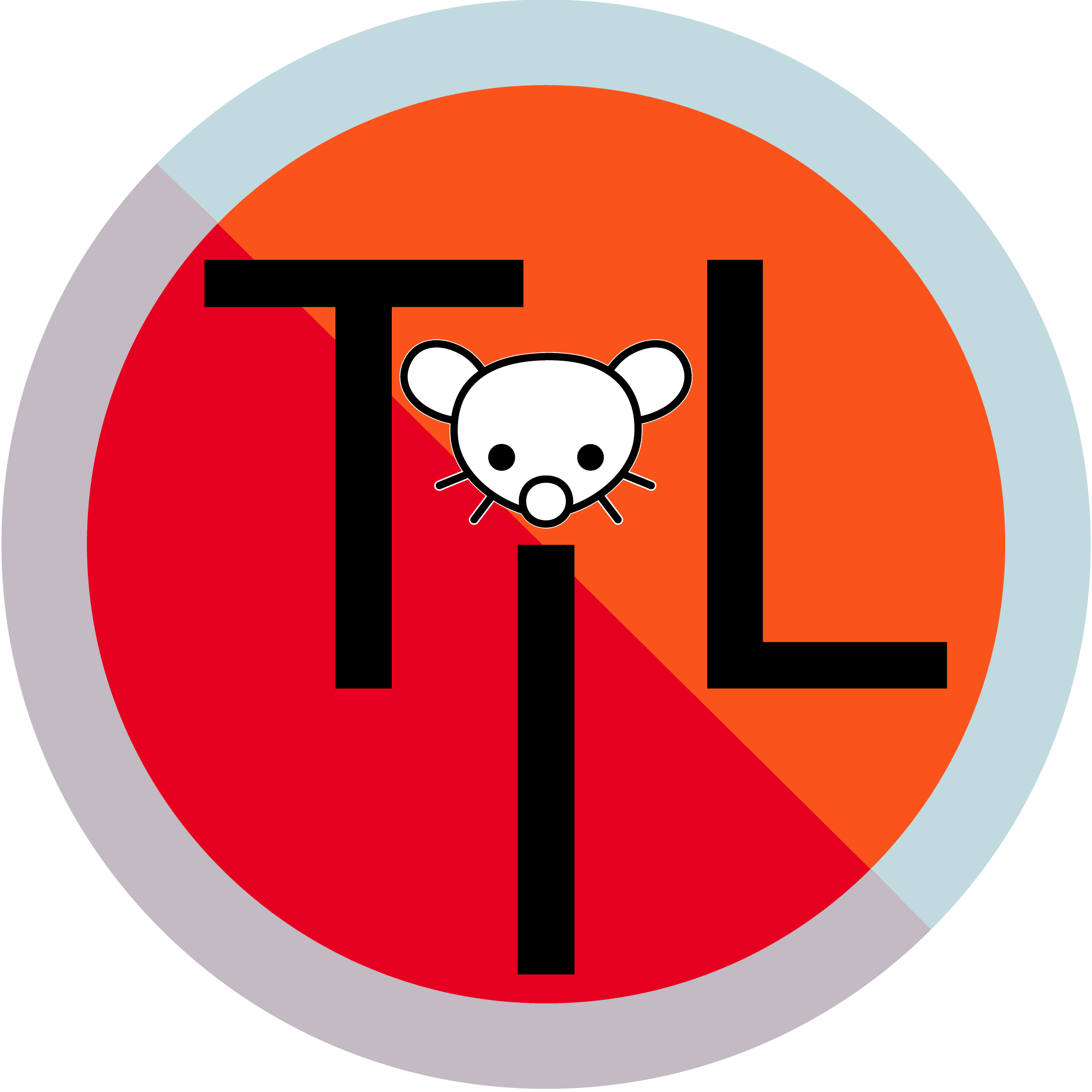A keystone species is an organism that helps define an entire ecosystem. Without its keystone species, the ecosystem would be dramatically different or cease to exist altogether.
Keystone species have low functional redundancy. This means that if the species were to disappear from the ecosystem, no other species would be able to fill its ecological niche. The ecosystem would be forced to radically change, allowing new and possibly invasive species to populate the habitat.
Any organism, from plants to fungi, may be a keystone species; they are not always the largest or most abundant species in an ecosystem. However, almost all examples of keystone species are animals that have a huge influence on food webs. The way these animals influence food webs varies from habitat to habitat.
Neat!
Elephants eat shrubs and small trees, such as acacia, that grow on the savanna. Even if an acacia tree grows to a height of a meter or more, elephants are able to knock it over and uproot it. This feeding behavior keeps the savanna a grassland and not a forest or woodland.
With elephants to control the tree population, grasses thrive and sustain grazing animals such as antelopes, wildebeests, and zebras. Smaller animals such as mice and shrews are able to burrow in the warm, dry soil of a savanna. Predators such as lions and hyenas depend on the savanna for prey.
Ahhh, this explains why they are so mad about the keystone pipeline…
See I thought that was just full of beer that tastes like stale piss
Piss beer is a keystone species of football fans
I watched a documentary about beavers at the local IMAX a few years ago: it was amazing. I think about them a lot. Humans can be so ignorant of the richness of animal life.
Sea otter, I would not have expected.


